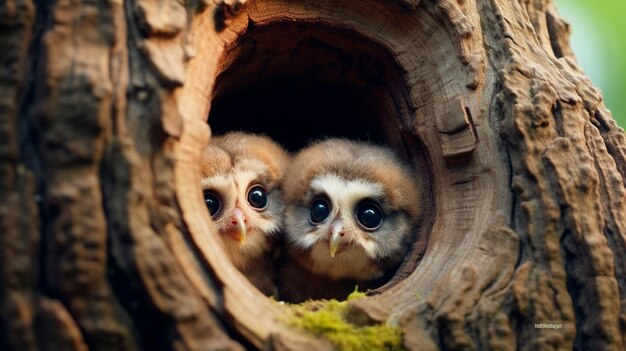The “Cute:Smikzg_Hhaq= Owl” serves as a compelling subject of study, particularly due to its unique characteristics and adaptive behaviors. These creatures not only exhibit remarkable physical traits but also possess a social structure that is both intricate and fascinating. Moreover, their cultural significance across various societies adds layers to their appeal. As we explore their habitats and the roles they play in our ecosystems, one must consider how these elements intertwine to shape our perception of these enigmatic birds. What further insights can we uncover about their impact on both nature and culture?
Unique Characteristics of the Cute:Smikzg_Hhaq= Owl
The owl, an enigmatic creature of the night, possesses a range of unique characteristics that set it apart from other avian species.
Its remarkable nocturnal vision allows it to see in low light, facilitating hunting under the cover of darkness.
Additionally, the owl’s silent flight, enabled by specialized feather structures, ensures stealthy movement, making it an adept predator in its environment.
Read Also: Cute:S6j5hhkikp8= Owl
Habitat and Range
Across diverse landscapes, owls inhabit a variety of environments, ranging from dense forests and open fields to arid deserts and urban areas.
Their nesting preferences vary, with some species favoring tree hollows, while others opt for cliffs or abandoned buildings.
These versatile birds exhibit feeding habits that adapt to their surroundings, preying on small mammals, insects, and even fish, showcasing their remarkable ecological flexibility.
Behavior and Social Structure
Owls exhibit a fascinating array of behaviors and social structures that are intricately linked to their diverse habitats.
Their mating rituals often involve elaborate displays and vocalizations, attracting potential partners.
Socially, some species form loose colonies, while others are solitary.
Hunting techniques vary, with stealth and precision being paramount, showcasing their adaptability in securing prey and thriving in various environments.
Cultural Significance and Popularity
While often viewed as symbols of wisdom and mystery, owls have held significant cultural importance across various societies throughout history.
In numerous folklore beliefs, these enigmatic creatures embody intuition and transition, often seen as guides between realms. Their striking appearance and nocturnal habits further enhance their allure, solidifying their popularity in art, literature, and popular culture, where owl symbolism resonates deeply with individuals seeking deeper understanding.
Read Also:Cute:Qdd8glib3yq= Owl Clipart
Conclusion
In conclusion, the “Cute:Smikzg_Hhaq= Owl” represents not only the enchanting beauty of the natural world but also serves as a vital component of ecosystems. Remarkably, these owls can rotate their heads up to 270 degrees, a unique adaptation that enhances their hunting prowess. This astonishing capability exemplifies the intricate design of nature, highlighting the owl’s role as both a predator and a symbol of wisdom. Protecting these majestic creatures ensures the preservation of their captivating presence for future generations.


